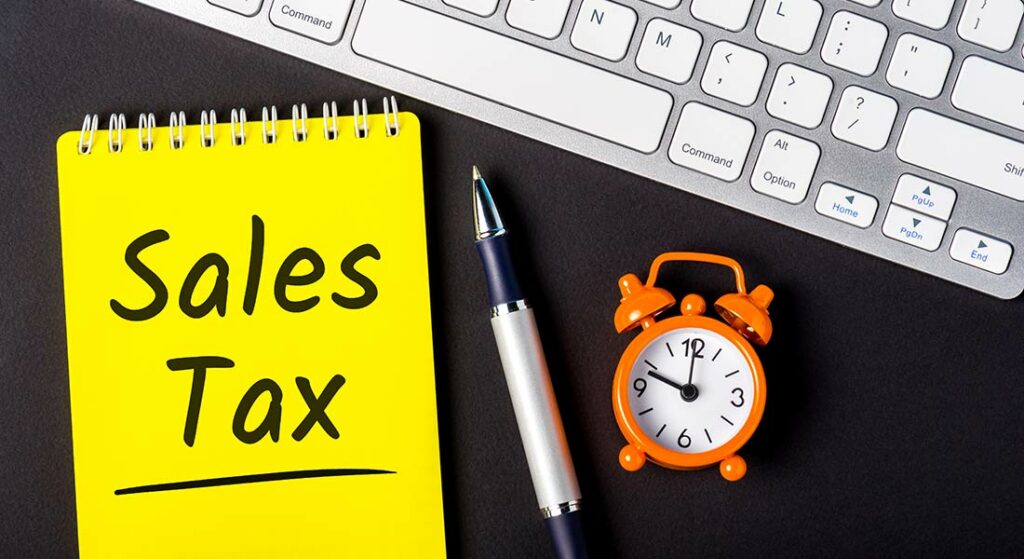Hawaii is a beautiful place known for its stunning beaches, vibrant culture, and warm weather. But did you know that living in Hawaii can be quite expensive? Because of this, the state has set a minimum wage to help workers earn enough money to live comfortably. In this article, we’ll dive into everything you need to know about the minimum wage in Hawaii, including what it is, how it has changed over the years, and what it means for workers and businesses in the state. So, whether you’re a local resident or just curious about Hawaii’s economy, this article is for you!
What is Minimum Wage?
Minimum wage is the lowest amount of money that employers can pay their workers for their labor. This amount is set by the government to ensure that workers earn enough to cover their basic needs, like food, housing, and clothing. In Hawaii, the minimum wage is adjusted from time to time to keep up with the rising costs of living. This means that as prices go up, workers can expect to earn a little more money too.
The Current Minimum Wage in Hawaii
As of 2024, the minimum wage in Hawaii is $12 per hour. This rate applies to most workers in the state, but there are some exceptions. For example, tipped workers, like servers in restaurants, may earn a lower hourly wage because they can make up the difference in tips. The state government has made these rules to help workers earn a fair income while encouraging businesses to thrive.
The History of Minimum Wage in Hawaii
Hawaii has a unique history when it comes to minimum wage. The state first introduced a minimum wage in 1968, starting at just $1.25 per hour. Since then, the minimum wage has increased several times to keep up with inflation and the cost of living. In 2015, Hawaii made significant changes to its minimum wage laws, gradually increasing the wage to $15 by 2024. However, due to various factors, the increase was delayed, and the current rate is still set at $12 per hour.
Why Does Minimum Wage Matter?
Understanding minimum wage is essential for both workers and employers. For workers, it represents a basic level of financial security. It ensures that everyone has the opportunity to earn enough money to support themselves and their families. For employers, knowing the minimum wage helps them budget for labor costs and make sure they comply with the law. This creates a fair working environment for everyone involved.
The Cost of Living in Hawaii
One reason why minimum wage is so important in Hawaii is the high cost of living. Living in paradise comes with its challenges. The prices of housing, groceries, and services can be much higher compared to other states. For example, renting a small apartment in Hawaii can cost over $2,000 a month! This means that a worker earning minimum wage would have a tough time paying for basic expenses. That’s why raising the minimum wage is crucial for helping residents afford their everyday lives.
Comparing Minimum Wage to the Cost of Living
To truly understand how minimum wage affects workers in Hawaii, let’s compare it to the cost of living. If someone works 40 hours a week at the current minimum wage of $12 per hour, they would earn about $480 before taxes. After taxes, this could drop to around $400. Now, let’s look at some typical expenses:
- Rent: $2,000 for a one-bedroom apartment.
- Groceries: Approximately $300 per month.
- Utilities: Around $200 per month.
As you can see, even with a full-time job at minimum wage, it can be challenging to cover these essential expenses. This highlights the importance of advocating for fair wages that reflect the high costs of living in Hawaii.
The Impact of Minimum Wage Increases
Increasing the minimum wage can have both positive and negative effects on the economy. Let’s look at some of these impacts.
Positive Effects
- Improved Living Standards: When workers earn more money, they can afford better housing, healthcare, and education for their families. This leads to a higher quality of life and better overall health.
- Increased Spending Power: With higher wages, workers have more money to spend on goods and services. This can stimulate the local economy as businesses benefit from increased sales.
- Reduced Poverty Levels: Raising the minimum wage can help lift people out of poverty. More workers earning a living wage means fewer people relying on government assistance.
Negative Effects
- Increased Business Costs: For some businesses, particularly small ones, raising the minimum wage can lead to higher operating costs. This may result in price increases for customers or even layoffs if businesses cannot afford to keep all their employees.
- Potential Job Losses: In some cases, businesses may cut back on hiring or reduce employee hours to save money. This can make it harder for new workers to find jobs.
- Inflationary Pressures: As wages go up, businesses may increase prices to cover their higher costs. This can lead to inflation, making everything more expensive.
Future of Minimum Wage in Hawaii
The future of minimum wage in Hawaii is still a topic of much discussion. Many advocates are pushing for further increases, arguing that the current rate is not enough to meet the needs of workers and families. However, opponents of these increases often express concerns about the potential negative effects on businesses and the economy.
Ongoing Discussions and Debates
Community leaders, politicians, and business owners are constantly debating the best approach to minimum wage. Some propose a gradual increase to give businesses time to adjust. Others suggest implementing measures that would support small businesses, like tax breaks, to help offset the costs of higher wages. It’s essential to find a balance that ensures fair pay for workers while also supporting the local economy.
How to Stay Informed
For those interested in the minimum wage in Hawaii, there are many resources available to stay informed. Local news outlets often report on changes to minimum wage laws and their impact on the community. Additionally, government websites provide updates on wage rates and regulations. Engaging with local advocacy groups can also offer insights into ongoing discussions and ways to get involved in the conversation.
Resources for Workers and Employers
- Hawaii Department of Labor and Industrial Relations (DLIR): This state agency provides comprehensive information on minimum wage laws, workers’ rights, and employer responsibilities.
- Local Chambers of Commerce: These organizations often have resources for businesses navigating changes in wage laws and can offer support for compliance.
- Community Organizations: Many local nonprofits work to advocate for workers’ rights and can provide guidance on how to navigate wage issues.
Conclusion
Understanding the minimum wage in Hawaii is essential for workers and employers alike. With a current rate of $12 per hour, it’s vital to consider the impact of this wage on the lives of everyday residents. The high cost of living in Hawaii makes it challenging for workers to make ends meet, highlighting the importance of ongoing discussions about wage increases. As Hawaii continues to navigate the complexities of its economy, staying informed and engaged in conversations about minimum wage will be crucial for the community’s future.



